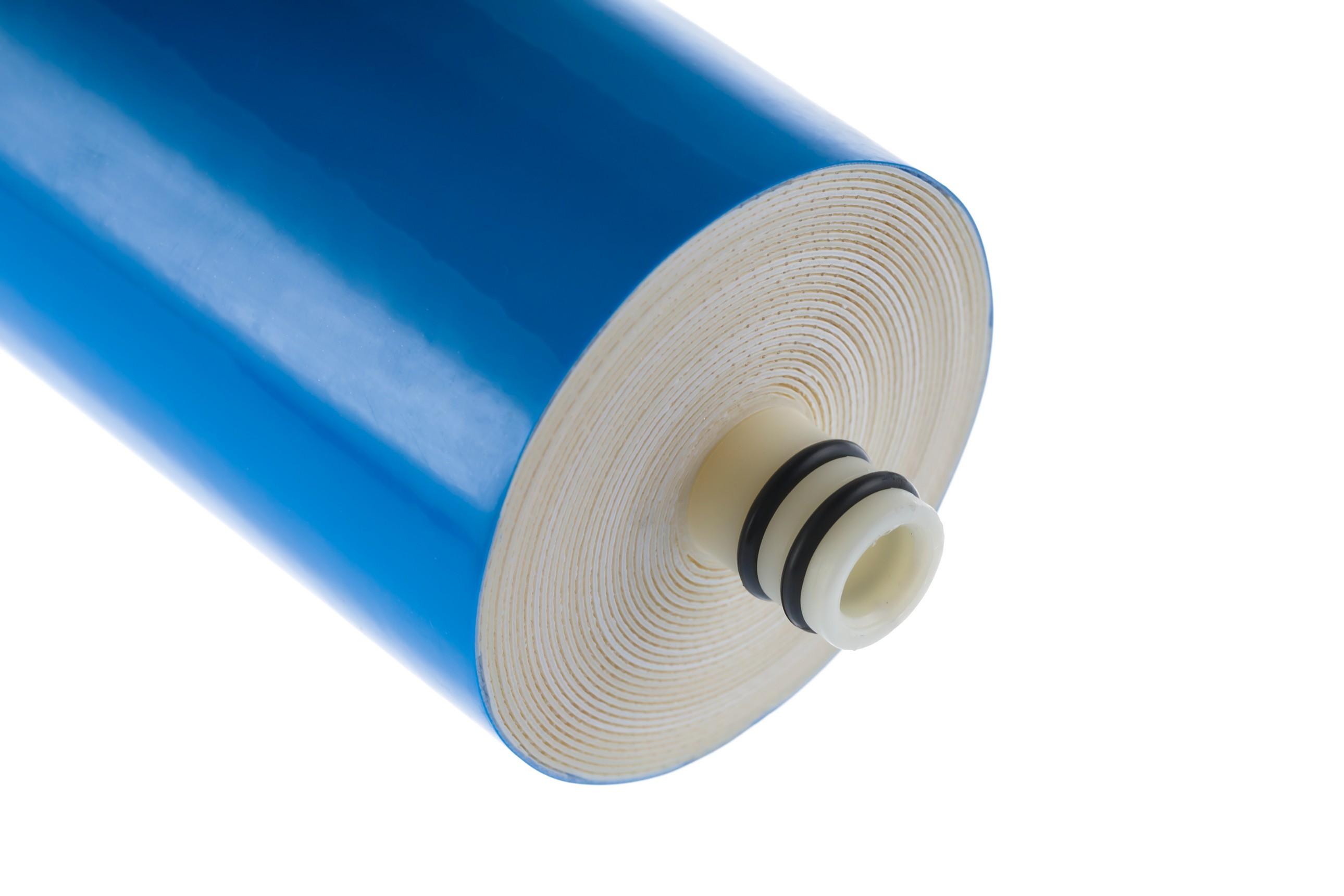The Growing Demand for Reverse Osmosis Membranes: A Market Overview

The global market for reverse osmosis (RO) membranes has witnessed a significant uptick, driven by an increasing awareness of water scarcity, stringent regulations regarding water quality, and the expanding applications of membrane technology across various sectors. This growth trajectory indicates not only a rising demand for efficient water purification solutions but also highlights the crucial role that RO membranes play in addressing contemporary environmental challenges.
Drivers of Demand
One of the primary catalysts for the heightened demand for reverse osmosis membranes is the urgent need for sustainable water management. With populations rising and natural water resources dwindling, industries and municipalities are compelled to seek innovative solutions for potable water production. RO membranes, known for their ability to remove contaminants and impurities from water, are increasingly favored for both industrial and residential applications. This technology not only meets stringent quality standards but also promotes efficient water usage, making it an ideal choice in water-stressed regions.
Moreover, the growing emphasis on environmental sustainability has led to stricter regulations governing wastewater management and the treatment of industrial effluents. RO systems are gaining traction as effective methods for treating wastewater, thus enabling industries to comply with these regulations while minimizing their environmental footprint. As industries prioritize sustainable practices, the adoption of reverse osmosis technology is set to grow, further propelling market demand.
Technological Advancements
The reverse osmosis membrane market is also benefiting from ongoing technological advancements. Innovations in membrane materials and designs are enhancing the efficiency and longevity of RO systems. Manufacturers are increasingly investing in research and development to create membranes that offer higher permeability and fouling resistance, which translates to improved performance and lower operational costs. The introduction of next-generation materials, such as polyamide and thin-film composites, is revolutionizing the industry, allowing for greater application versatility across sectors including pharmaceuticals, food and beverage, and electronics.
Additionally, the integration of smart technologies and automation in RO systems is reshaping market dynamics. Enhanced monitoring systems and data analytics capabilities are improving operational efficiency, allowing users to optimize water treatment processes and reduce downtime. This trend towards automation not only streamlines operations but also enhances the appeal of RO systems to a broader audience, ranging from large-scale industrial players to smaller enterprises.
Market Segmentation and Applications
The versatility of reverse osmosis technology has led to its adoption across various sectors, including municipal water treatment, desalination, pharmaceuticals, food and beverage processing, and even residential applications. In municipal settings, RO systems are increasingly utilized for providing safe drinking water and treating wastewater. The demand for desalination technologies, particularly in arid regions, is also driving the need for high-quality membranes capable of processing saline water.
In the pharmaceutical and food industries, the necessity for ultrapure water is paramount. RO membranes are essential in these sectors for ensuring product quality and compliance with health regulations. The growing consumer focus on health and safety further amplifies the demand for reliable water purification solutions, thereby bolstering the RO membrane market.
Regional Insights
Geographically, the demand for reverse osmosis membranes is experiencing notable growth in regions facing significant water scarcity and pollution challenges. Areas such as the Middle East and North Africa, where water resources are limited, are witnessing an increased investment in desalination projects that heavily rely on RO technology. Similarly, Asia-Pacific is emerging as a key player in the market, driven by rapid industrialization, urbanization, and a rising population that necessitates innovative water treatment solutions.
North America and Europe are also witnessing growth, albeit driven more by regulatory compliance and sustainability initiatives. In these regions, industries are under constant pressure to enhance water efficiency and reduce waste, which aligns well with the capabilities offered by reverse osmosis technology.
Challenges and Future Outlook
Despite the positive market outlook, the reverse osmosis membrane industry does face challenges. Issues such as membrane fouling, which can lead to increased maintenance costs and reduced efficiency, remain prevalent. Additionally, the initial capital investment required for RO systems can be a barrier for smaller enterprises. However, as technology continues to evolve, solutions to these challenges are being developed, paving the way for broader adoption.
Looking ahead, the future of the reverse osmosis membrane market appears promising. As global awareness of water scarcity and pollution increases, the demand for efficient water treatment solutions will likely continue to rise. The integration of advanced technologies, coupled with an ongoing focus on sustainability, will play a pivotal role in shaping the market landscape.
In conclusion, the growing demand for reverse osmosis membranes is a response to an urgent global challenge—ensuring access to clean, safe water. As technological advancements continue to enhance the efficacy and applicability of RO systems, the market is poised for sustained growth. Organizations that recognize and adapt to these evolving needs will undoubtedly be well-positioned to capitalize on the opportunities presented by this vital sector.
- Art
- Causes
- Crafts
- Dance
- Drinks
- Film
- Fitness
- Food
- Игры
- Gardening
- Health
- Главная
- Literature
- Music
- Networking
- Другое
- Party
- Religion
- Shopping
- Sports
- Theater
- Wellness


